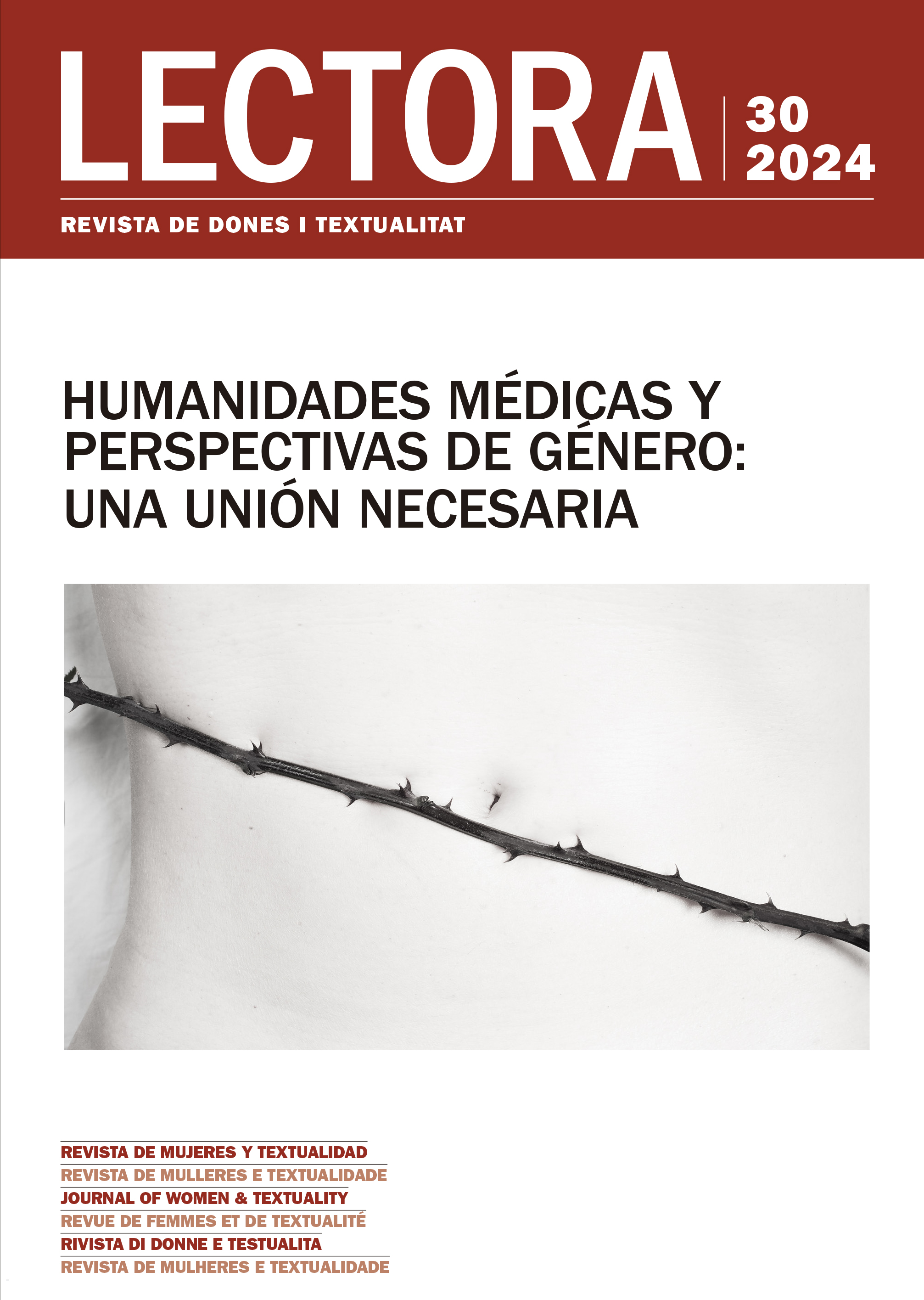La figura de la costurera en la literatura popular argentina de la primera mitad del siglo XX: un ejemplo de regulación femenina
DOI:
https://doi.org/10.1344/Lectora2024.30.13Keywords:
sociability, women, needlework, literatureAbstract
During the first half of the twentieth century a series of short fictional stories circulated in Argentine popular culture that were intended to regulate the morals and behavior of young working-class women and that focused on a particular kind of woman: the seamstress. In this article we discuss five of those stories from a cultural history approach with a gender perspective in order to examine how this particular know-how, which Western culture typically associates with women, places them on the margins of respectability when it is carried out in the public sphere and for the market, thus positioning the women who practice it in the eye of social regulations.
Downloads
Published
How to Cite
Issue
Section
License
Copyright (c) 2024 Paula Caldo, Aldana Pulido

This work is licensed under a Creative Commons Attribution-NonCommercial-NoDerivatives 4.0 International License.
The Author retains ownership of the copyright in this article and grants Lectora: revista de dones i textualitat the rights to print publication of the Article. The work will be available under a Creative Commons Attribution-Noncommercial-No Derivative Works license, by which the article must be credited to the Author and the Journal be credited as first place of publication.
The Author is free to enter in seperate, additional contractual agreements for the non-exclusive distribution of the work as published in this journal (such as institutional repositories or a book), as long as the original publication in Lectora is credited.
The Author is encouraged to post the work online (eg in institutional or thematic repositories, or in their website), as it can lead to productive exchanges as well as to a greater citation of the published work (see The Effect of Open Access).




